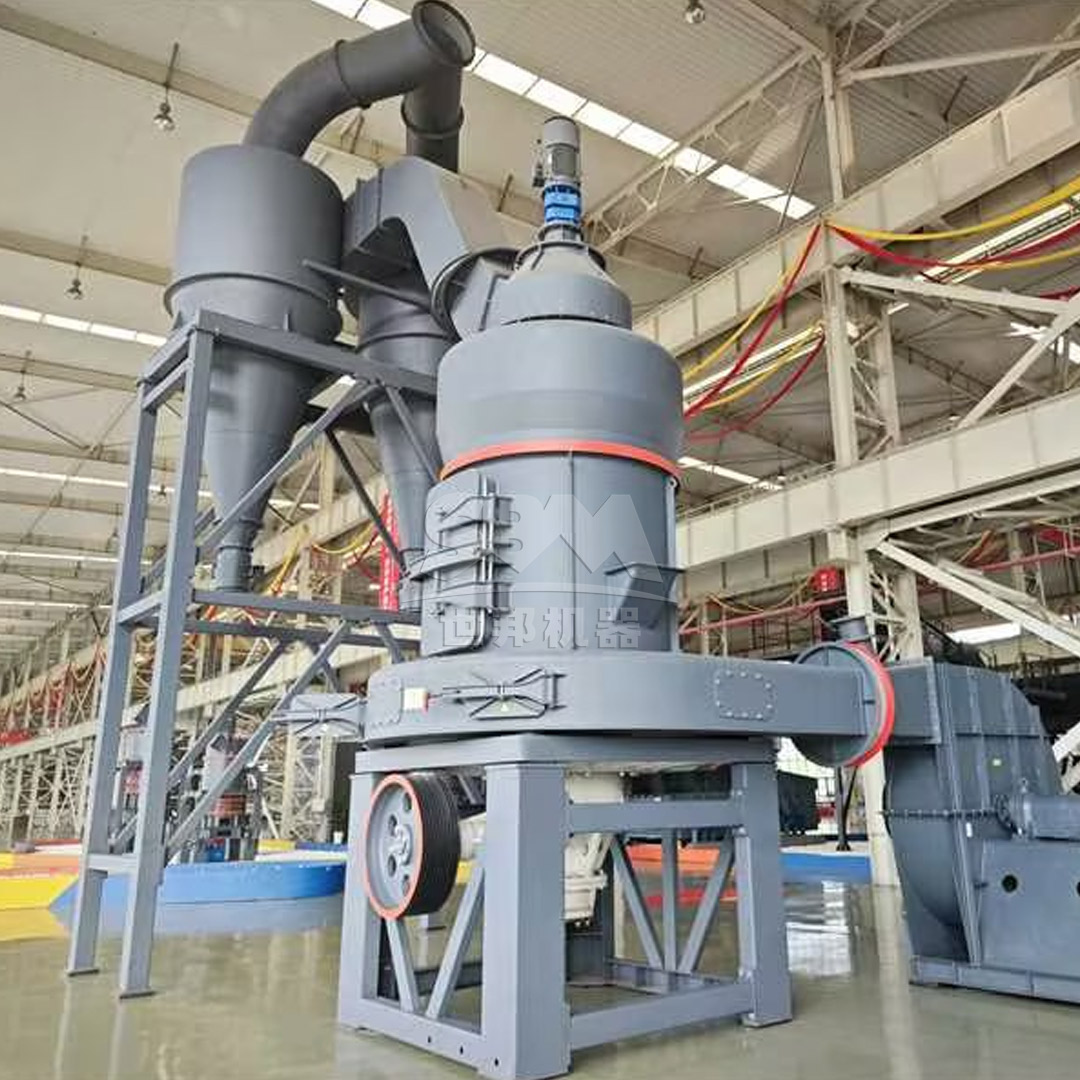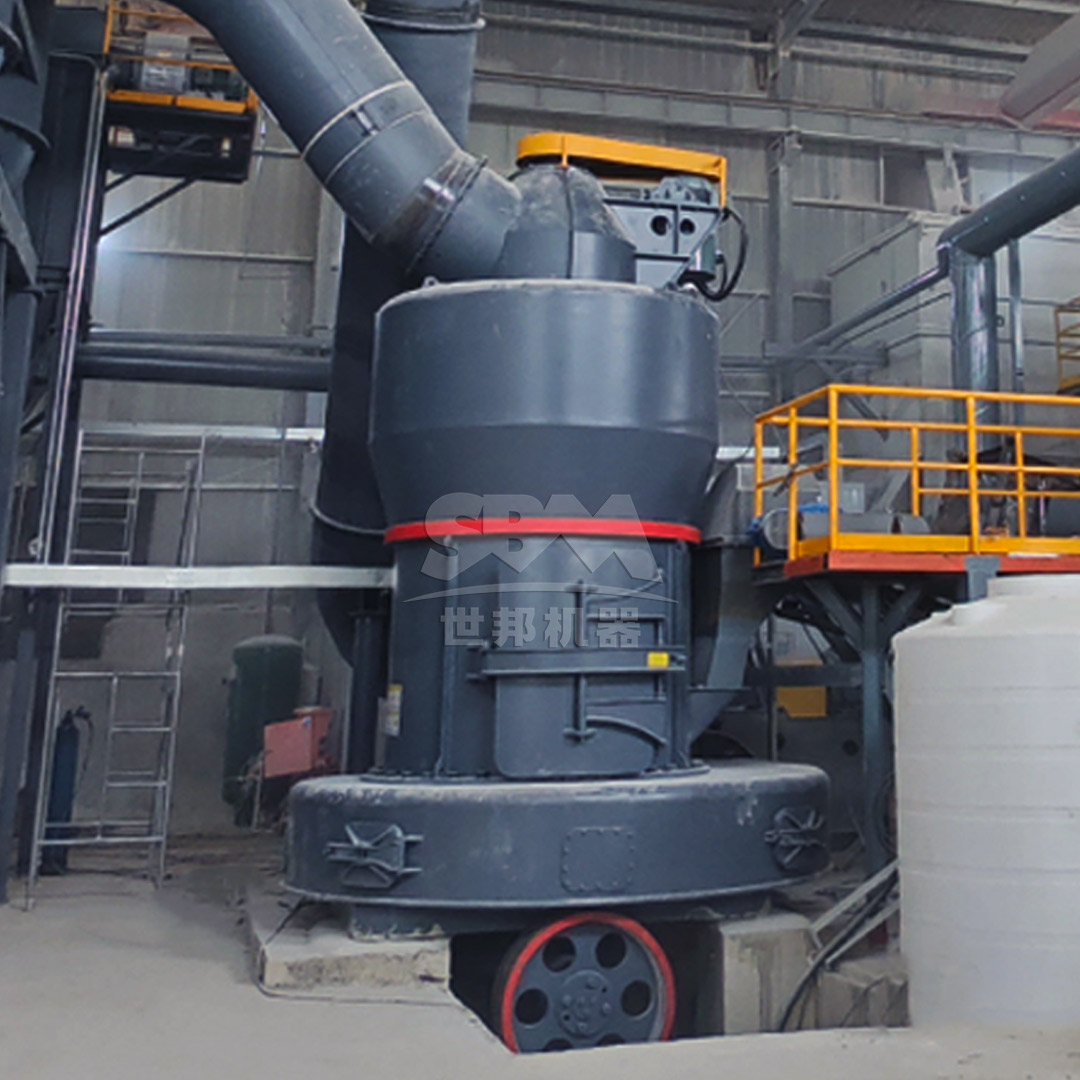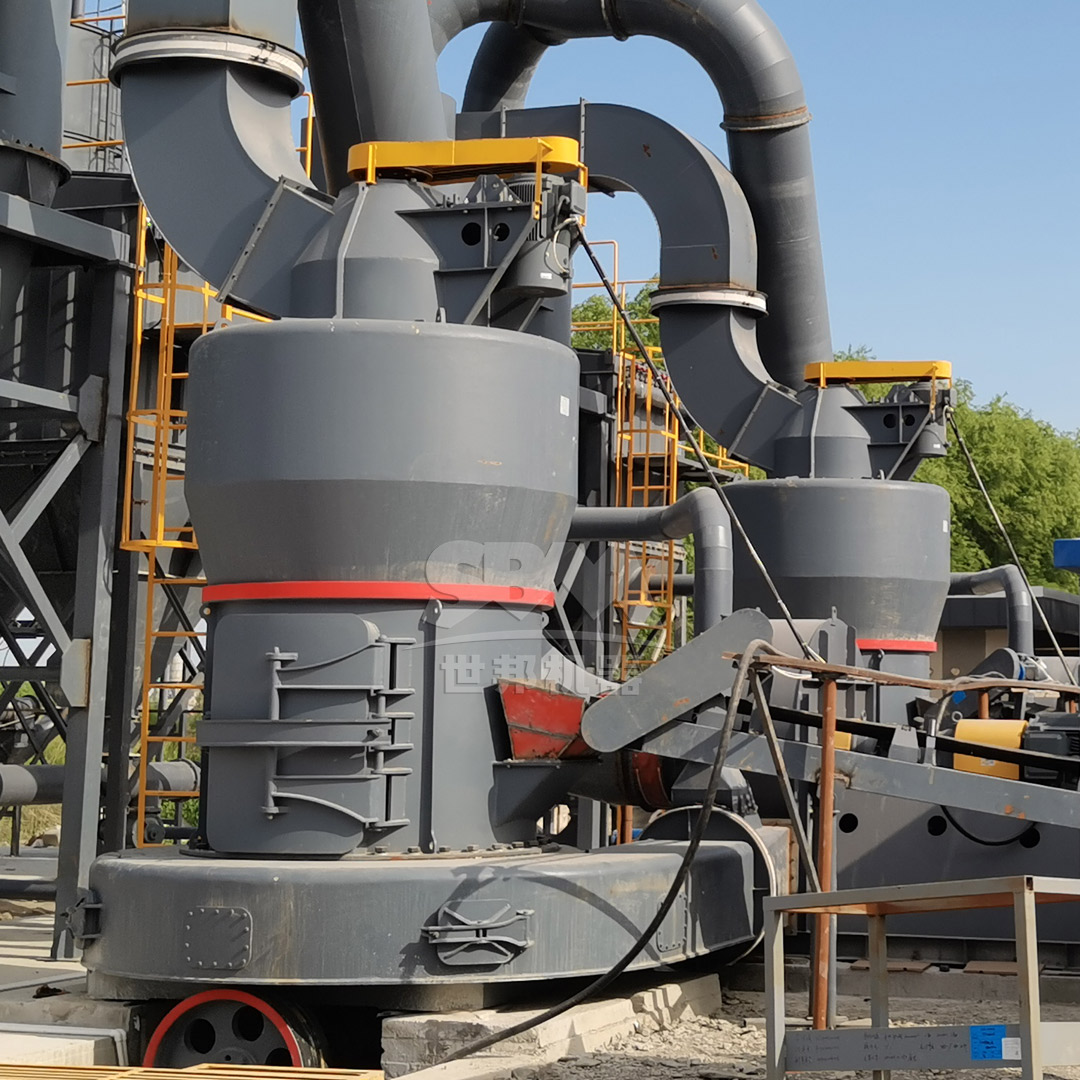Industrial grinding processes have undergone significant transformation over the past decades, evolving from basic mechanical crushing to sophisticated automated systems. The integration of automation technologies has revolutionized how materials are processed across various industries, from mining and construction to pharmaceuticals and advanced materials. This article explores how automation systems enhance efficiency in industrial grinding processes and highlights specific technological solutions that deliver measurable improvements in productivity, quality control, and operational costs.
The traditional approach to grinding involved substantial manual intervention, inconsistent product quality, high energy consumption, and significant maintenance requirements. Modern automation addresses these challenges through intelligent control systems, real-time monitoring, and adaptive process optimization. The benefits extend beyond simple labor reduction to encompass comprehensive process improvement across the entire production chain.

Advanced control systems represent the cornerstone of grinding automation. These systems utilize programmable logic controllers (PLCs) and distributed control systems (DCS) to manage grinding parameters in real-time. By continuously monitoring variables such as feed rate, motor load, particle size distribution, and temperature, these systems can automatically adjust operational parameters to maintain optimal performance.
Modern grinding automation incorporates sophisticated algorithms that learn from process data to predict maintenance needs, optimize energy consumption, and prevent equipment overload. The implementation of model predictive control (MPC) allows for anticipatory adjustments rather than reactive responses, significantly improving process stability and product consistency.
Automated grinding systems employ an array of sensors to collect comprehensive operational data. Vibration sensors detect abnormal equipment behavior, acoustic monitors assess grinding efficiency through sound analysis, and laser particle analyzers provide instantaneous feedback on product fineness. This data is processed through industrial Internet of Things (IIoT) platforms that identify patterns, correlations, and optimization opportunities.
The integration of digital twin technology creates virtual replicas of grinding systems, enabling operators to simulate process changes, predict outcomes, and optimize parameters without disrupting actual production. This approach reduces trial-and-error adjustments and accelerates process improvement initiatives.
Consistent feed rate and material characteristics are critical for grinding efficiency. Automated feeding systems utilize weigh feeders, belt scales, and level sensors to maintain optimal material flow to grinding equipment. These systems can automatically compensate for variations in material density, moisture content, and hardness, ensuring stable operation and preventing equipment overload.
Advanced feeding systems incorporate vision systems and material characterization technologies to identify and segregate problematic materials before they enter the grinding circuit, reducing wear and improving overall process reliability.

Grinding processes typically account for a significant portion of industrial energy consumption. Automated systems optimize energy usage through several mechanisms. Variable frequency drives (VFDs) adjust motor speed according to actual processing requirements, reducing energy consumption during partial load conditions. Smart control algorithms distribute loads optimally across multiple grinding units and schedule intensive operations during off-peak energy periods when applicable.
Studies demonstrate that properly implemented grinding automation can reduce energy consumption by 15-30% while maintaining or even improving throughput. The continuous fine-tuning of operational parameters ensures that energy is directed precisely where needed, eliminating waste associated with suboptimal manual control.
Automation dramatically improves product quality consistency by maintaining precise control over critical parameters. Particle size distribution, a key quality metric in many industries, can be maintained within tight tolerances through continuous monitoring and automatic adjustment of classifier speed, air flow, and grinding pressure.
Automated quality control systems can detect deviations in real-time and implement corrective actions before product specifications are compromised. Statistical process control (SPC) integrated with grinding automation identifies trends and provides early warnings of potential quality issues, enabling proactive intervention.
Predictive maintenance capabilities represent a significant advantage of automated grinding systems. By analyzing vibration patterns, temperature trends, power consumption, and operational parameters, these systems can forecast maintenance needs with remarkable accuracy. This approach transforms maintenance from reactive to predictive, scheduling interventions during planned downtime and preventing unexpected equipment failures.
Automated lubrication systems, remote monitoring, and diagnostic tools further enhance equipment reliability. The reduction in unplanned downtime directly translates to increased production capacity and lower operating costs.
Ultrafine grinding presents particular challenges due to the precise control required to achieve sub-micron particle distributions. The SCM Ultrafine Mill exemplifies how advanced automation enhances efficiency in demanding applications. This system incorporates intelligent control that automatically adjusts operational parameters based on real-time feedback of product fineness, ensuring consistent output within the 325-2500 mesh range (D97≤5μm).
The SCM series achieves remarkable energy efficiency, with capacity doubling that of jet mills while reducing energy consumption by 30%. This performance stems from its integrated automation system that optimizes the interaction between the grinding elements and the vertical turbine classifier. The system’s smart control maintains optimal grinding pressure and classifier speed, automatically compensating for wear and material variations.
| Model | Processing Capacity (ton/h) | Main Motor Power (kW) | Output Fineness (mesh) |
|---|---|---|---|
| SCM800 | 0.5-4.5 | 75 | 325-2500 |
| SCM900 | 0.8-6.5 | 90 | 325-2500 |
| SCM1000 | 1.0-8.5 | 132 | 325-2500 |
| SCM1250 | 2.5-14 | 185 | 325-2500 |
| SCM1680 | 5.0-25 | 315 | 325-2500 |
The automation system in the SCM Ultrafine Mill extends beyond basic process control to include safety interlocks, automatic lubrication management, and remote monitoring capabilities. The pulse dust collection system automatically adjusts cleaning cycles based on pressure differential, maintaining optimal filtration efficiency while minimizing compressed air consumption.
For high-capacity grinding applications, the MTW Series Trapezium Mill demonstrates how automation enhances efficiency in large-scale operations. With processing capacities ranging from 3-45 tons per hour, this system incorporates comprehensive automation that optimizes the complete grinding circuit, from feed regulation to product collection.
The MTW series features an advanced control system that manages the complex interaction between the grinding elements, classification system, and material transport. The curved air channel design, combined with automated airflow control, reduces energy losses and improves transmission efficiency. The integrated cone gear drive system achieves 98% transmission efficiency, with automation ensuring optimal loading and speed conditions.
Notably, the wear-resistant volute structure with automation-controlled airflow patterns reduces maintenance costs by approximately 30% compared to conventional systems. The automation system monitors critical wear components and adjusts operational parameters to compensate for gradual deterioration, maintaining consistent performance throughout the maintenance cycle.

Modern grinding automation extends beyond individual equipment to encompass integration with plant-wide control systems. Through standardized communication protocols such as OPC UA and Modbus TCP, grinding systems exchange data with upstream and downstream processes, enabling holistic optimization of the entire production chain.
This integration allows for coordinated response to variations in raw material characteristics, energy availability, and production demands. For example, when upstream processing delivers material with higher moisture content, the grinding system can automatically pre-adjust drying parameters and grinding pressure to maintain optimal operation.
Centralized monitoring platforms provide operators with comprehensive visibility across multiple grinding units, enabling comparative performance analysis and identification of best practices. These systems generate detailed operational reports, track key performance indicators, and support continuous improvement initiatives.
The next frontier in grinding automation involves the implementation of artificial intelligence (AI) and machine learning (ML) algorithms. These technologies can identify complex relationships between operational parameters and outcomes that may not be apparent through conventional analysis. AI-powered systems can autonomously optimize grinding processes based on multiple objectives, including energy efficiency, product quality, equipment longevity, and production rate.
Machine learning algorithms continuously improve their performance as they process more operational data, adapting to changing material characteristics and equipment conditions. This capability enables truly adaptive control that evolves with the process, delivering sustained efficiency improvements over time.
Cloud-based platforms are transforming how grinding operations are monitored and optimized. Remote experts can access operational data to provide specialized support, while comparative analytics across multiple sites identify optimization opportunities. Digital twins become increasingly sophisticated, incorporating equipment degradation models that predict long-term performance and maintenance requirements.
Blockchain technology shows promise for tracking material provenance and processing history, particularly in industries with strict quality documentation requirements. This traceability, combined with comprehensive process data, provides unprecedented visibility into product quality and process efficiency.
The integration of automation systems in industrial grinding processes delivers substantial benefits across multiple dimensions. From energy savings and quality improvement to maintenance optimization and operational flexibility, automated grinding represents a strategic investment with compelling returns. As demonstrated by advanced systems like the SCM Ultrafine Mill and MTW Series Trapezium Mill, modern automation enables grinding equipment to achieve performance levels that significantly exceed conventional approaches.
Organizations considering grinding automation should approach implementation as a comprehensive transformation rather than simply a technology upgrade. Success requires alignment between technology, processes, and personnel, with adequate attention to change management and skills development. When properly executed, grinding automation delivers not only immediate efficiency gains but also establishes a foundation for continuous improvement and future innovation.
As grinding technologies continue to evolve, automation will play an increasingly central role in maximizing efficiency, sustainability, and competitiveness. Forward-thinking organizations that embrace these technologies position themselves to lead in an increasingly demanding industrial landscape.